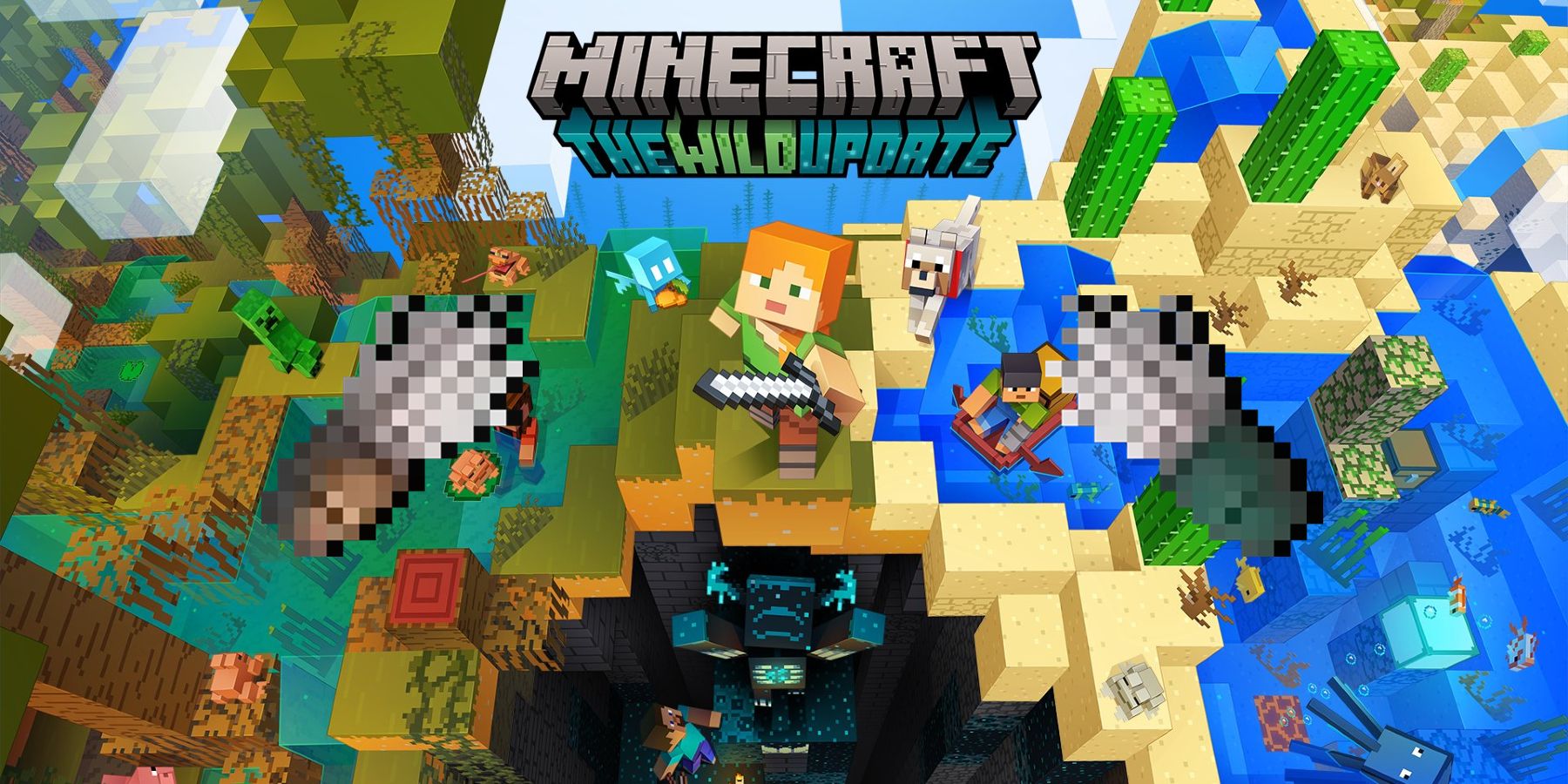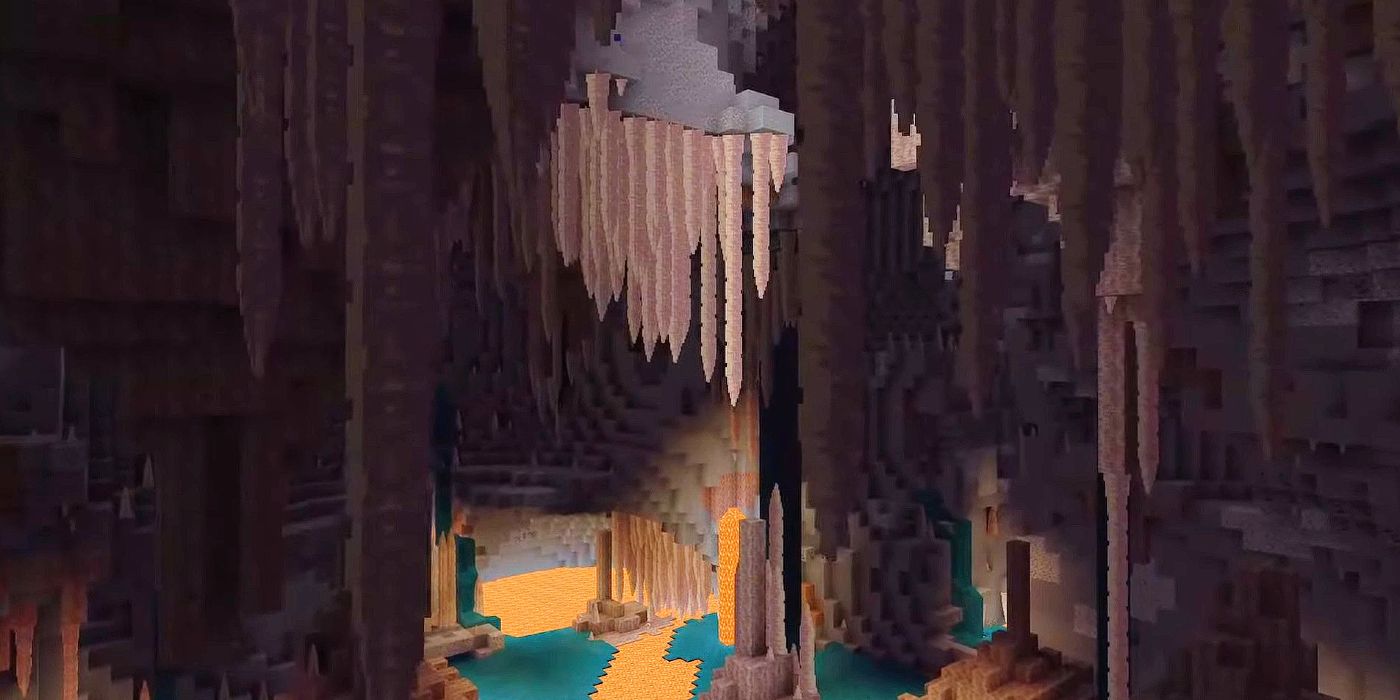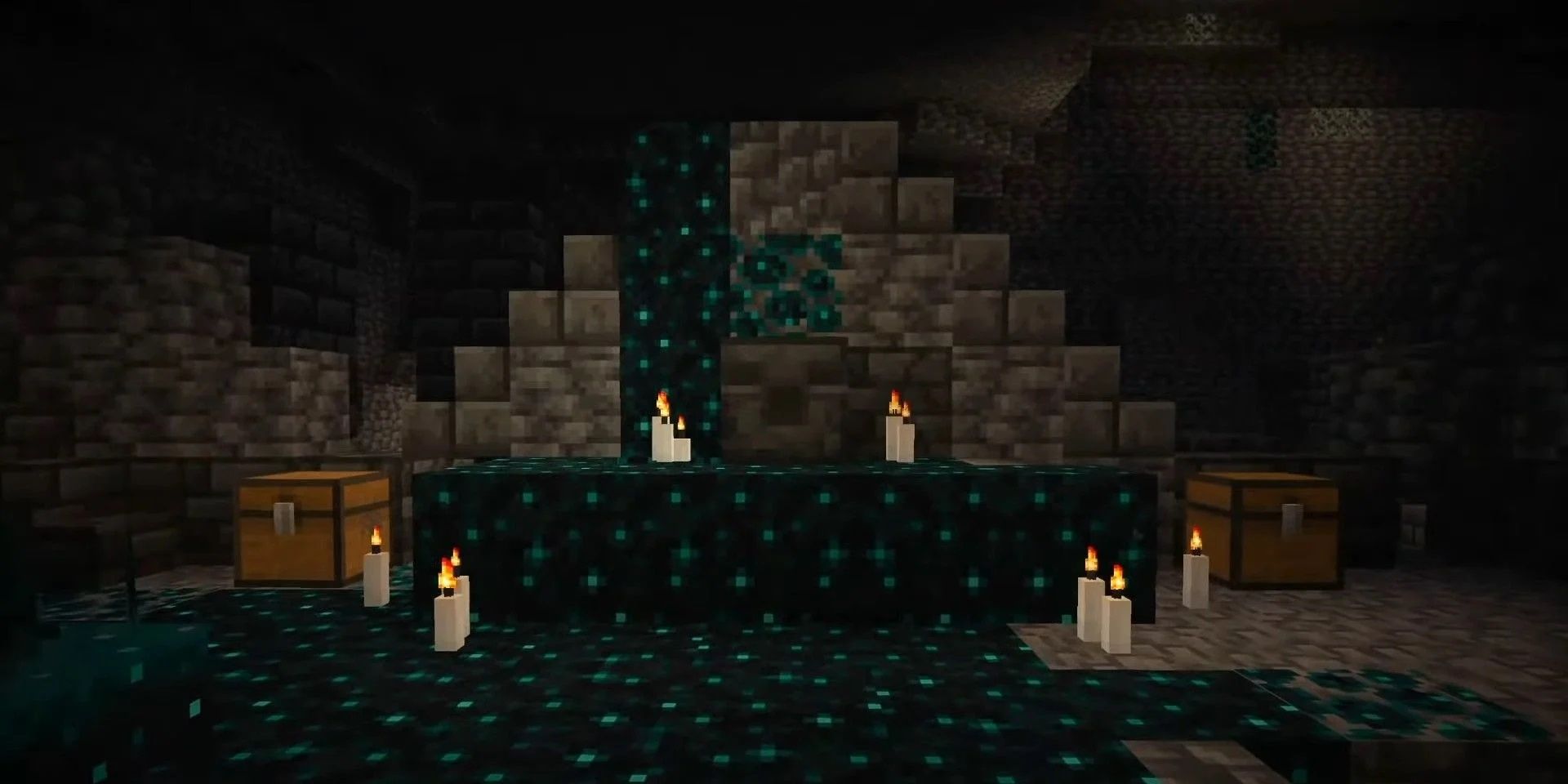As Mojang's Minecraft expands under the purview of Microsoft, it has experienced growing pains. The ongoing COVID-19 pandemic in particular has impacted Minecraft content over the last few years, with staffers telling the Washington Post in April 2021 that Mojang was focusing on mental health as its latest Caves and Cliffs update was split in two. Multiple features were also gutted out of Caves and Cliffs following its reveal at Minecraft Live 2020, some of which will appear in The Wild Update.
First announced at Minecraft Live 2021, The Wild Update was said to focus on a few key areas. First, a new Deep Dark biome originally planned for Caves and Cliffs would be implemented. The Wild Update also promised Mangrove Swamps with frogs and fireflies, as well as updated Birch Forests. An "Ask Mojang" update on May 10 confirmed fireflies and Birch Forest updates are no longer coming, though fireflies may still be added later (frogs are programmed to eat Slimes instead, with Magma Slimes dropping new Froglight blocks). Given this leaves The Wild Update smaller ahead of its June 7 release, another previously postponed feature - archeology - seems like it could have been a decent fit.
What is Minecraft's Archeology?
The Deep Dark biome was not the only piece of cut content from Minecraft's original Caves and Cliffs pitch. For example, bundles were an item planned to address the sandbox game's ever-expanding selection of blocks; akin to the late-game Shulker Box that lets players carry a portable chest. Archeology was an entirely new Minecraft system that would let players find excavation sites around the world and use brushes to carefully unearth minerals and artifacts from blocks such as gravel.
A major selling point for archeology in Minecraft was the storytelling potential of finding artifacts that depict various scenes. Players would have been able to stick the fragments onto clay pots, which could be baked into a proper display piece. Unfortunately the idea never came to fruition, but there still appear to be plans in place - unlike Birch Forest updates, which Mojang said "is not something that we have continued working with."
In the Caves and Cliffs Part 2 release date announcement post from November 17, 2021, Mojang creative writer Sofia Dankis confirmed bundles and archeology were not canceled, just "put on hold." Though these features were specifically avoiding The Wild Update, Dankis said, "They are going to come to Minecraft in the future when we’re able to add them in the best possible way."
Archeology Could Have Benefited Deep Dark Cities
While many Minecraft updates are focused on biomes, such as 2018's The Update Aquatic and smaller changes like The Wild Update's swamps, numerous changes have focused on worldbuilding and civilizations. For example, The Nether Update in 2020 created a society with strongholds built by gold-loving Piglins. Pillagers have also gotten more attention, with structures like Woodland Mansions and Pillager Outposts found around any generated world (the latter of which will soon house captured Allay). Additional structures including Ocean Monuments and Jungle Temples also exist.
Deep Dark Cities are the next "structural" generation coming to Minecraft in The Wild Update; crumbling underground settlements that hide treasures, but are overgrown with sculk that can summon a terribly powerful miniboss of sorts: Wardens. This addition calls to mind any number of Indiana Jones or Tomb Raider-styled adventures in which people spelunk into ancient cities for want of fame and riches. An archeology feature that let players discover more goods hidden in the sculk would have fit perfectly, especially considering the slow process of brushing off artifacts would be more risky and thrilling under threat of a Warden attack.
Whenever archeology does return to Mojang's immediate development pipeline, it should have uses beyond designated excavation sites. It would lose some luster if players found treasures in every gravel heap they came across, but hiding artifacts in places like Deep Dark Cities, Nether Fortresses, and Abandoned Mineshafts would add extra incentive to make use of this mechanic. Hopefully the idea finds another spotlight sometime soon after The Wild Update.
Minecraft is available now for Mobile, PC, PS4, PS5, Switch, Xbox One, and Xbox Series X/S. The Wild Update releases June 7.
Source: Washington Post



